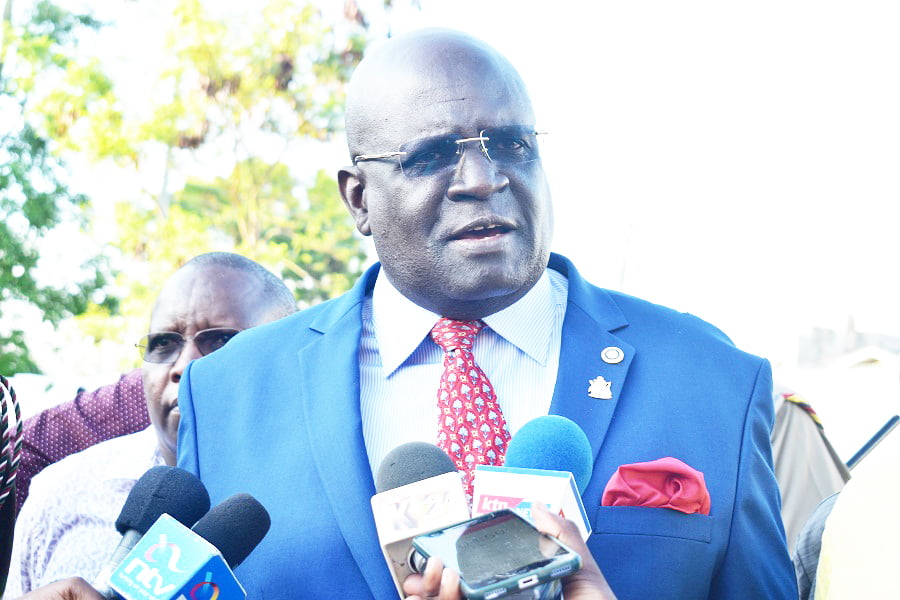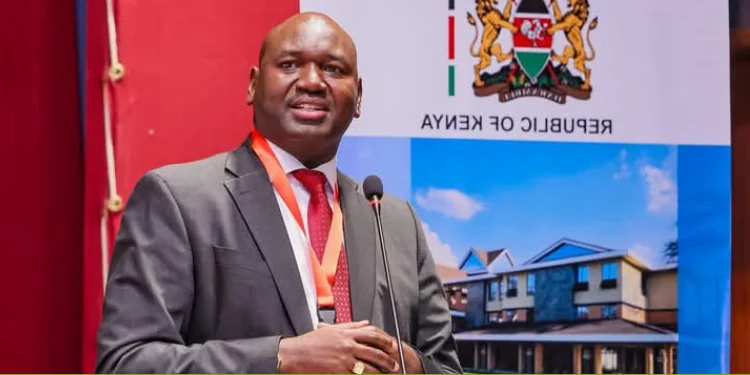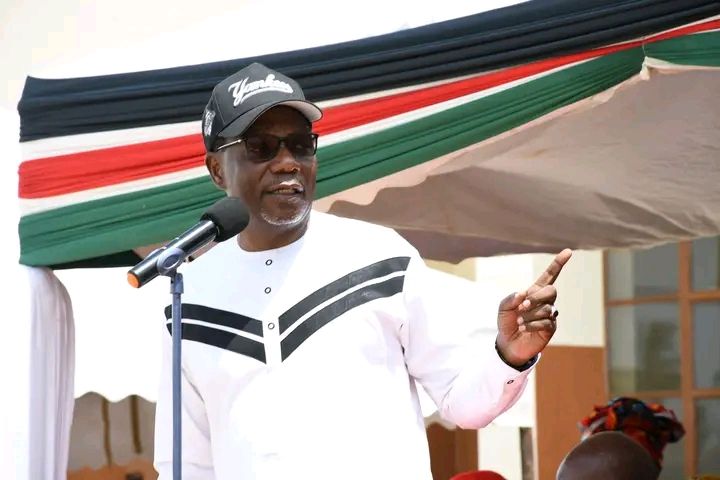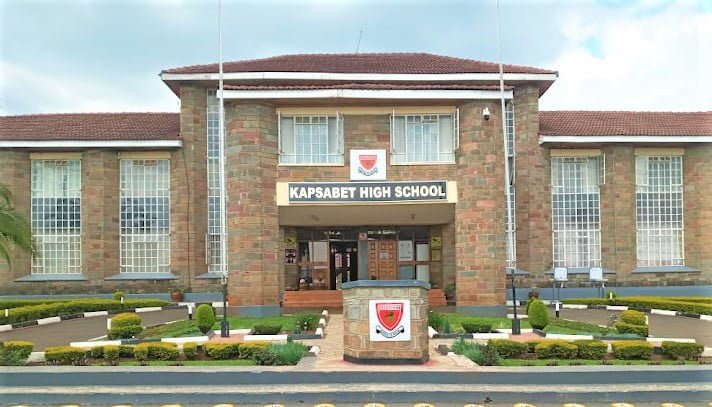By Roy Hezron
The Government through the Ministry of Education has introduced a new reporting format for all public secondary schools in the country that will require Principals to report on all school assets and revenue generated therein,
The new format will also review the current reporting format to align it to the ongoing reforms in the management of public finances for transparency and accountability in the utilization of public resources and international best practices.
Through a circular dated August 19, 2021 and signed by the Principal Secretary State Department of Early Learning and Basic Education Dr. Julius Jwan, the government through the Ministry of Education wants to improve on the current reporting format used to audit school resources in all public secondary schools and align it to the Public Finance Management (PFM) Act, 2012.
In the current reporting format, government capitation sent annually to secondary schools and fees were the only items being accounted for.
The Basic Statistical Booklet of 2019 revealed that there were 8,933 secondary schools in the country. All these schools will now have a standard format of preparing their financial statements.
The current reporting structure has been in use for a long time and might have been aligned to that of 2003 when the government introduced the Free Primary Education capitation and Free [Day] Secondary Education capitation in 2008.
Since then, a number of legal developments have taken place which required certain components to be factored in the current reporting in order to align it with the current legal frameworks notably the 2010 Constitution. A number of Acts amongst them the PFM Act 2012 and Basic Education Act 2013 have also been enacted to streamline the education sector among them being the
New reporting template introduced
The Circular which was addressed to the Ministry’s Director General Mr. Elyas Abdi, Director Secondary Education Mr. Paul Kibet, Director Schools Audit Ms. Victoria Angwenyi and all Regional and County Directors of Education urged all principals in public secondary schools to abide by the new prescribed financial reporting format, which is aligned to the International Public Sector Accounting Standards (IPSAS) and best practices.
The new reporting format will promote uniformity, transparency and accountability in the use of public resources in the schools.
“The IPSAS template will promote uniformity, transparency and accountability in the use of public resources at the schools. It will also promote understability, completeness and comparability of both financial and non-financial information prepared by public secondary schools,” reads the circular in part.
Among the new components captured in the IPSAS template is the responsibility statement from the teacher where a teacher might be required to disclose the enrollment for the year being accounted for, report on the performance of the school in that particular year, number of teachers and capacity of infrastructure.
The school’s Board of Management will also be required to report on any development project proposed for the school in the year being accounted for.
Schools will be required to prepare a Conventional Balance Sheet to report on the assets of the schools. Revenue from fixed assets like land and buildings, movable assets like school buses and biological assets like cattle and poultry will be reported.
School principals will also be required to account for donations received by schools like National Government Constituency Development Fund (NG-CDF) despite it being accounted for in their respective NG-CDF offices.
School Financial Calendar Changed
In line with PFMA 2012, Regulations 2015 and section 87 of the Basic Education Act, 2013 which states that the Financial Year of the Department of Education shall be the government Financial Year, the IPSAS template has also changed the School Financial Reporting Calendar from January 1 to December 31 to align it to the Government’s Financial Year which runs from July 1 to June 30.
Schools that have submitted their financial statements for the financial year ending December 31, 2020 shall be required to prepare six (6) months financial statements from January 1, 2021 to June 30, 2021 while schools that have not submitted their financial statements for the year 2020 shall prepare the statement for a period of 18 months from January 1, 2020 to June 30, 2021.
“The financial statements should be ready by 30th September 2021 in compliance with Section 81 of the PFM Act, 2012,” reads the circular.
It adds further that: “Every head of a Public Secondary School shall prepare financial report as per the financial reporting template and shall contain both financial and non-financial information in the format prescribed by the PSASB (Public Sector Accounting Standards Boards) and template.”
The Ministry has stated in the circular that it will organize sensitization programmes for officers, Heads of Schools, Bursars, Boards of Managements (BoMs), Non-Financial Managers and Stakeholders to ensure successful implementation. The Ministry in conjunction with the National Treasury and PSASB will continuously monitor the transition progress and give guidance where necessary.
Most recently, the Ministry under its State Department for Early Learning and Basic Education came under spotlight for not properly accounting over Shs 58 billion.
The Auditor General report for the year 2019/2020 signed by the Auditor-General Nancy Gathungu on May 28, 2021 revealed that the government paid Sh 1.8 billion to 2, 610 public secondary schools in different counties and Sh 26.8 Million to five schools whose existence was in doubt.
In his 2021/2022 Budget Statement delivered to the National Assembly on June 10, 2021, Treasury Cabinet Secretary Amb. Ukur Yatani allocated a Sh 62.2 billion for Free Day Secondary Education including insurance under National Hospital Insurance Fund (NHIF) for secondary school students.
Other allocations for secondary schools in the current budget include Sh 420 million for the Digital Literacy Programme and Information and Communication Technology (ICT) Integration in Secondary Schools, Sh 4.2 billion for Primary and Secondary schools’ infrastructure and Sh 5.8 billion for Kenya Secondary Education Quality Improvement Project.






